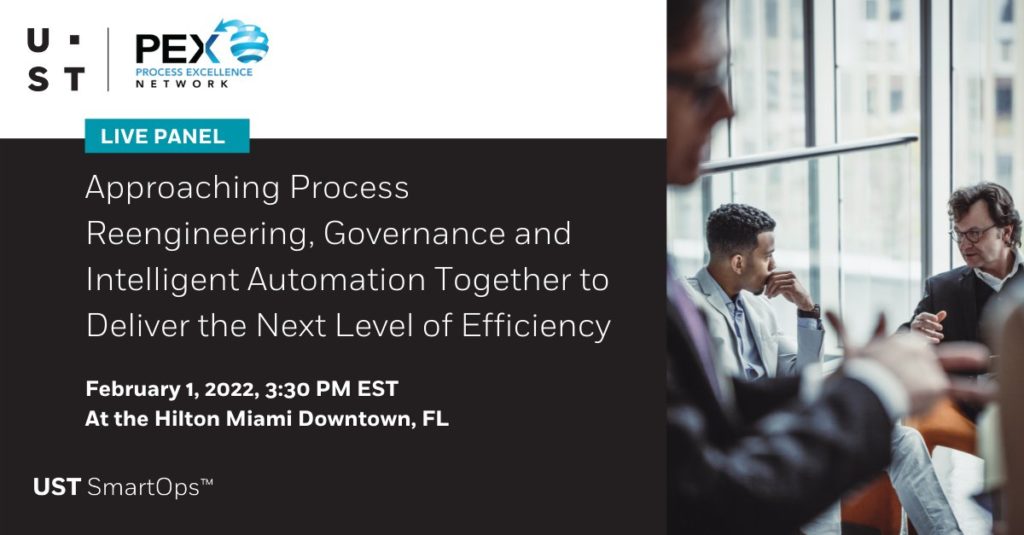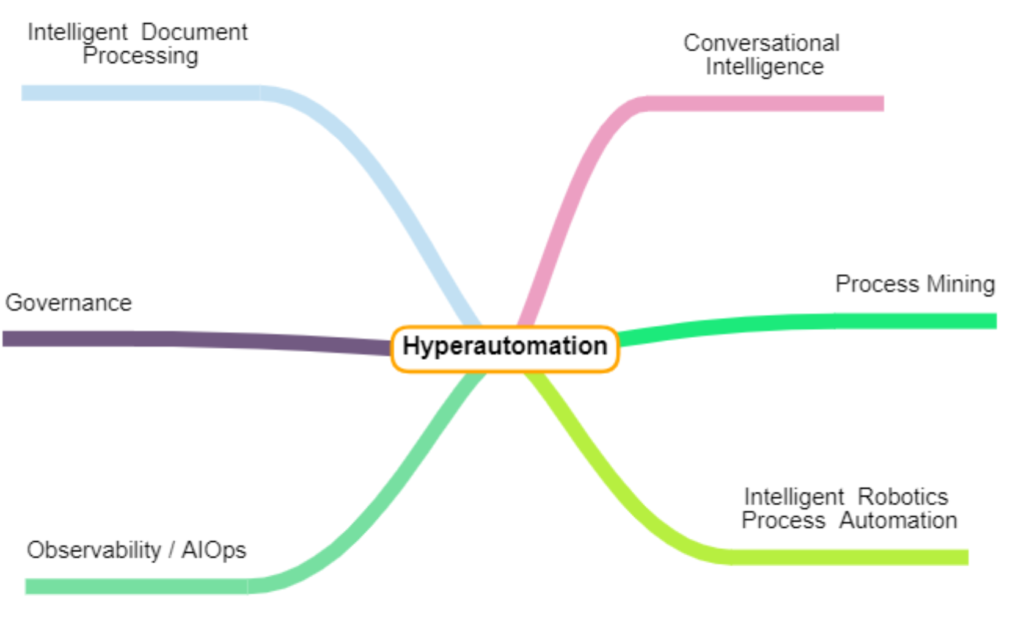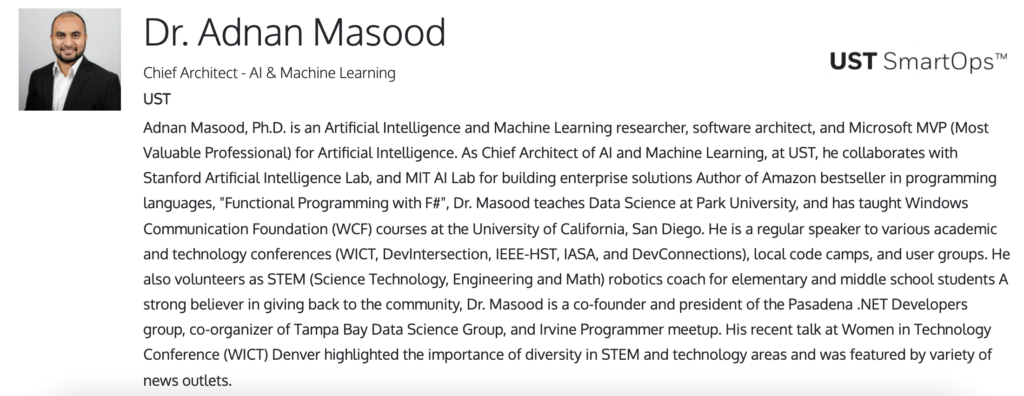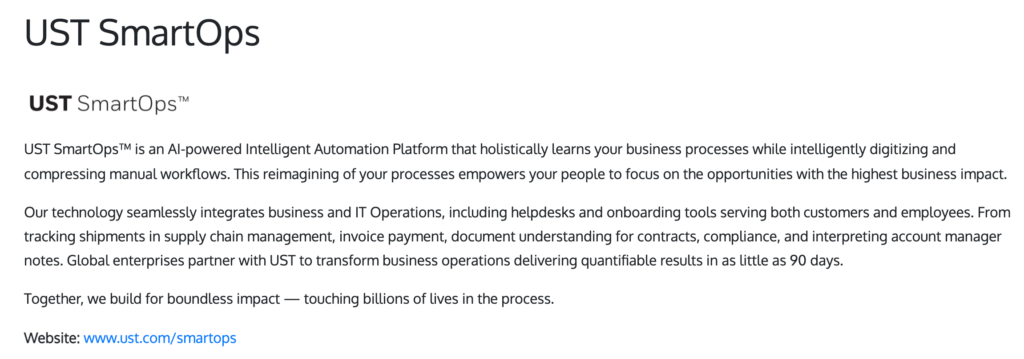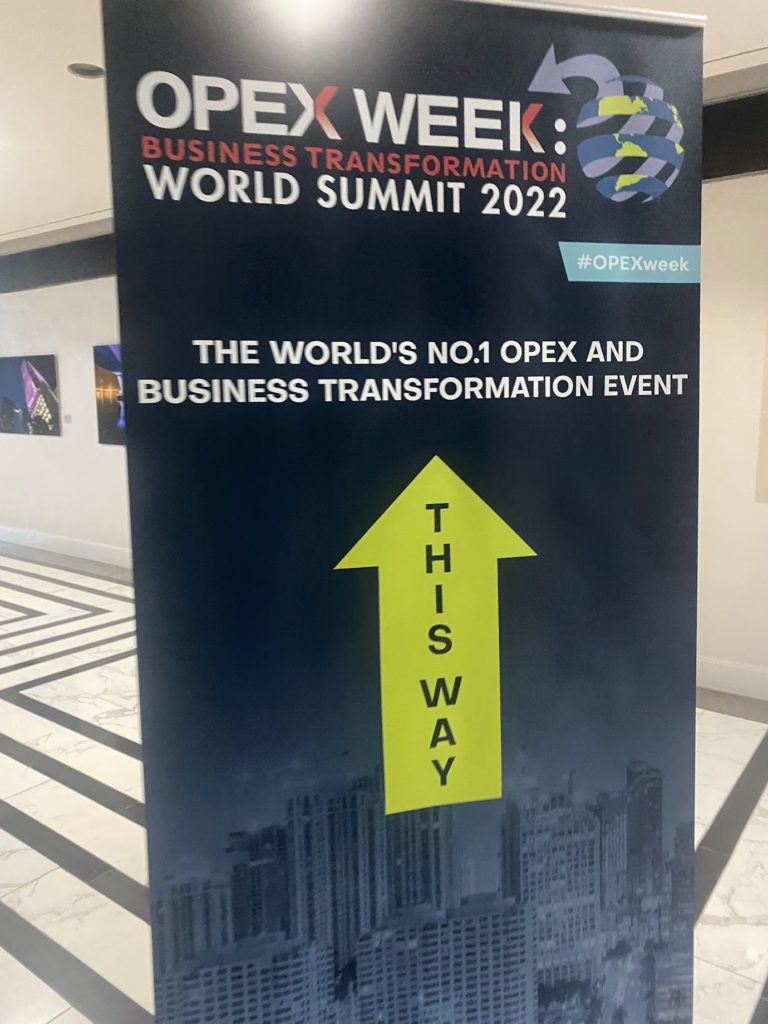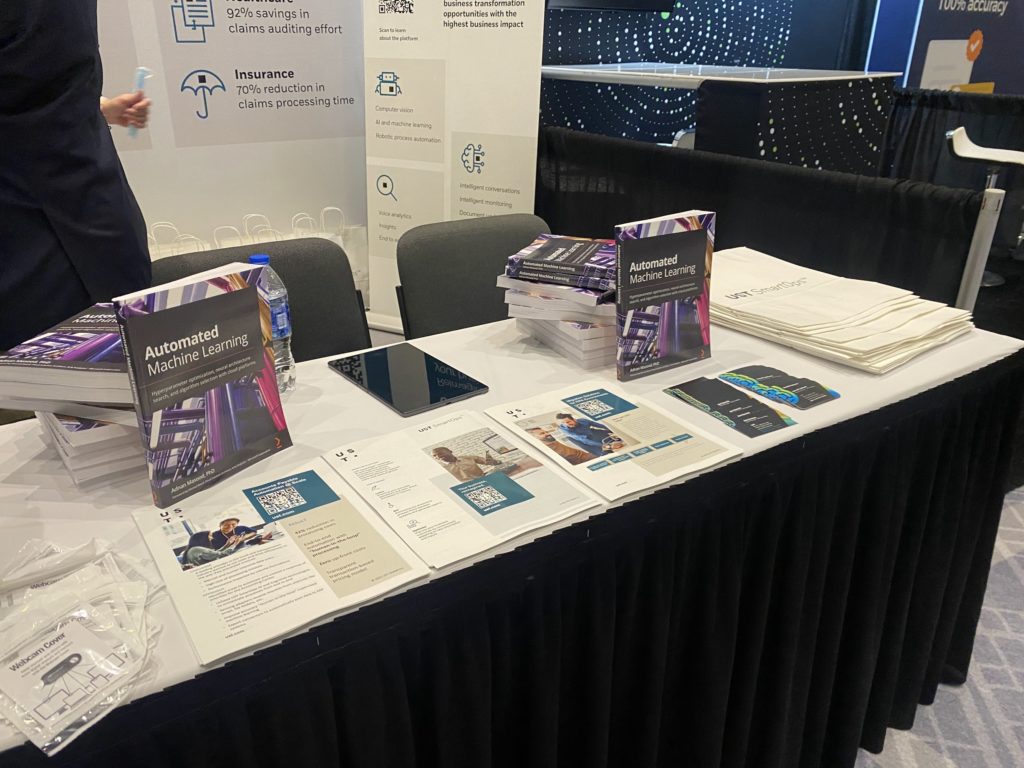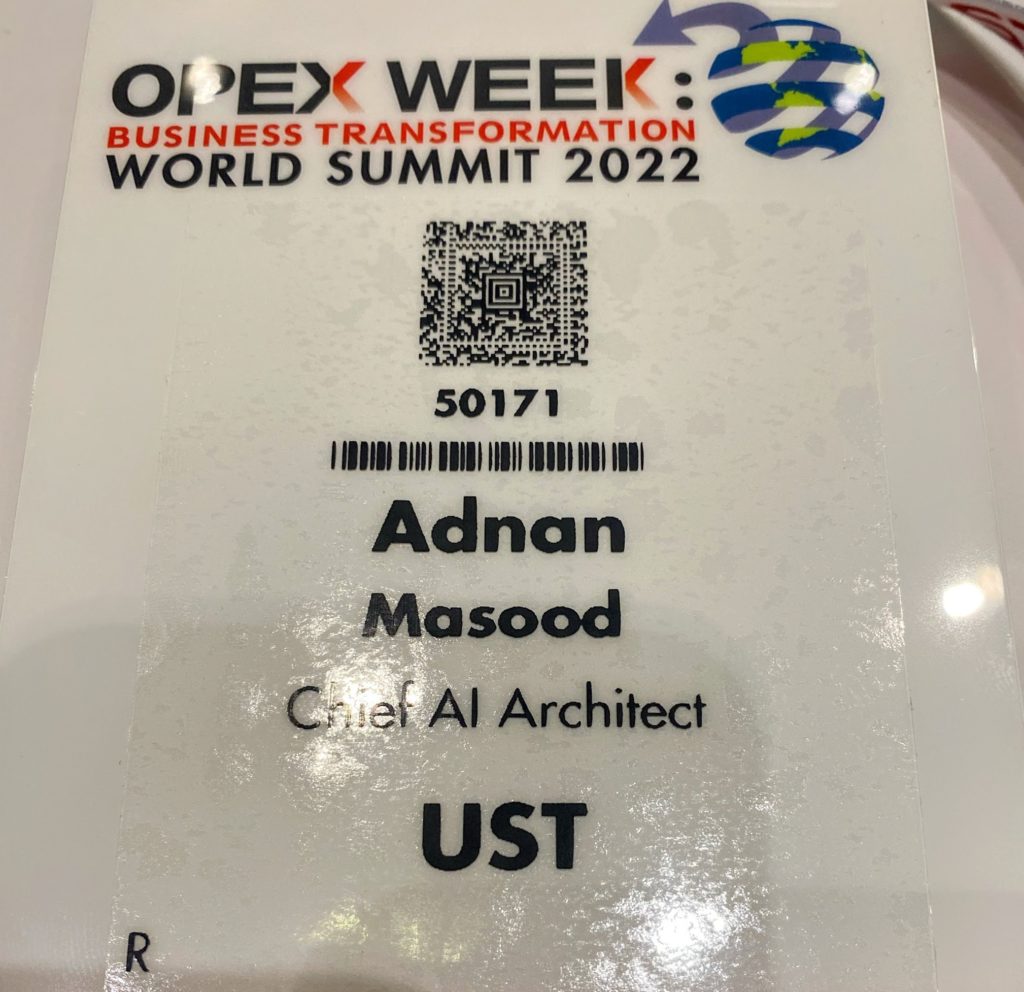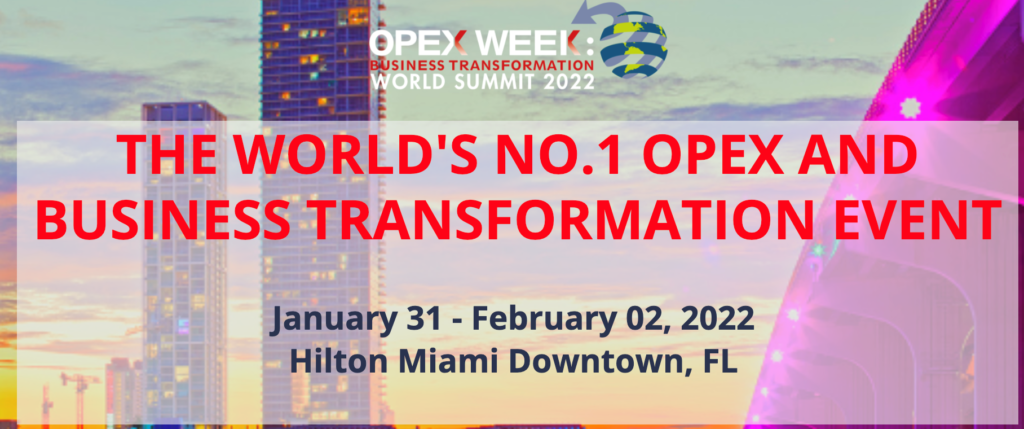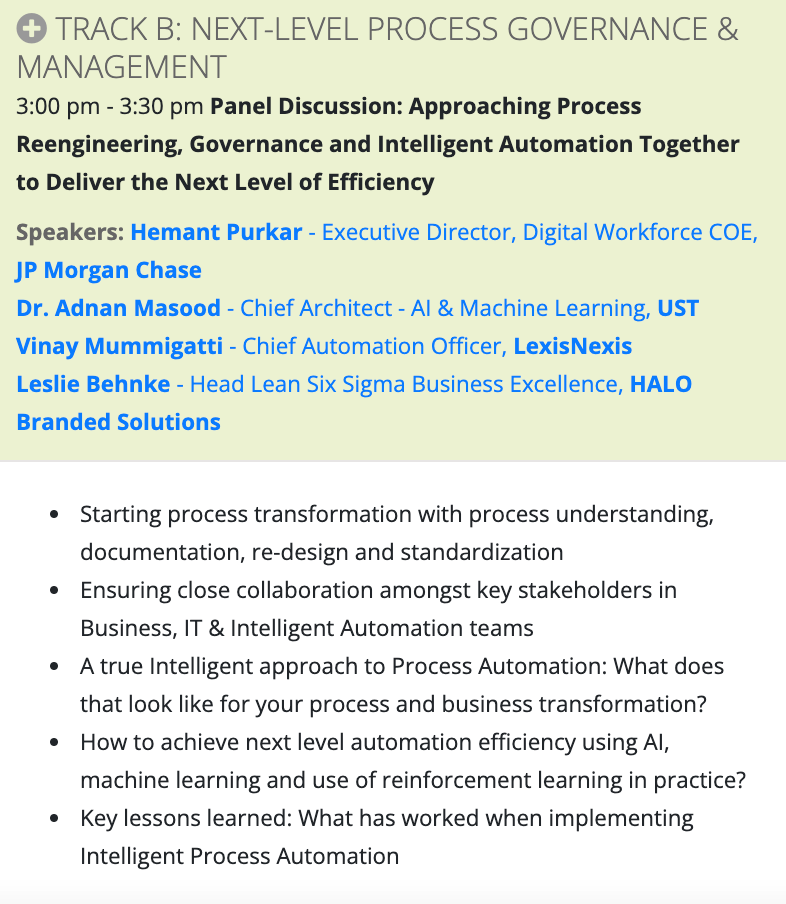Hyperautomation is a key facet for a successful digital transformation; a business driven approach undertaken by organizations to identify and automate as many business processes as possible. Artificial Intelligence and Machine Learning are key enablers, crucial to the success of hyperautomation.
In the recent OPEX conference, I was honored to share some of the key insights about enabling hyperautomation using AI and Machine learning, and how platforms like Azure, GCP, and AWS provide the required capabilities. From cognitive services to Form Recognizer, these hyperscalers help enable the enterprise automation by providing the building blocks needed for these large scale endeavors.
These pillars of hyperautomation include AIOps, intelligent document processing, RPA/IPA (intelligent process automation), process mining, conversational AI, observability, and governance.
These key elements are enabled by the artificial intelligence capabilities around machine comprehension such as extracting actionable insights from conversations, transfer learning to train models, process mining, information retrieval and management with knowledge graphs, differential privacy and privacy preserving machine learning, advance text analytics, operationalizing of machine learning models (MLOps), automated machine learning, algorithmic explainability and interpretability, Model Management at Scale and reinforcement learning. Along with its technical aspects, measuring KPIs and business outcomes are critical elements for a successful implementation of hyperautomation in business process reengineering initiatives.
The hyperautomation strategy requires AIOps - to have elaborate controls which provides reliable results and offers observability. An organization seeking hyperautomation must be able to observe and identify processes of all types in order to have this capability to monitor fairness and explainability, which are cornerstones of any governance oriented organization. Any intelligent automation initiative at an enterprise scale must adhere to governance principles. By exploiting observability, hyperautomation can be achieved by increasing machine reliability with proactive monitoring, preventative, and predictive analysis, and thus effectively mitigating issues and boosting compliance. Enterprises have gone beyond job and task automation to processes, and it is no longer a use case just for manufacturing or mundane manual tasks. As robots have replaced physical labor, AI driven hyperautomation will replace process intensive mental labor in digital transformation era.
